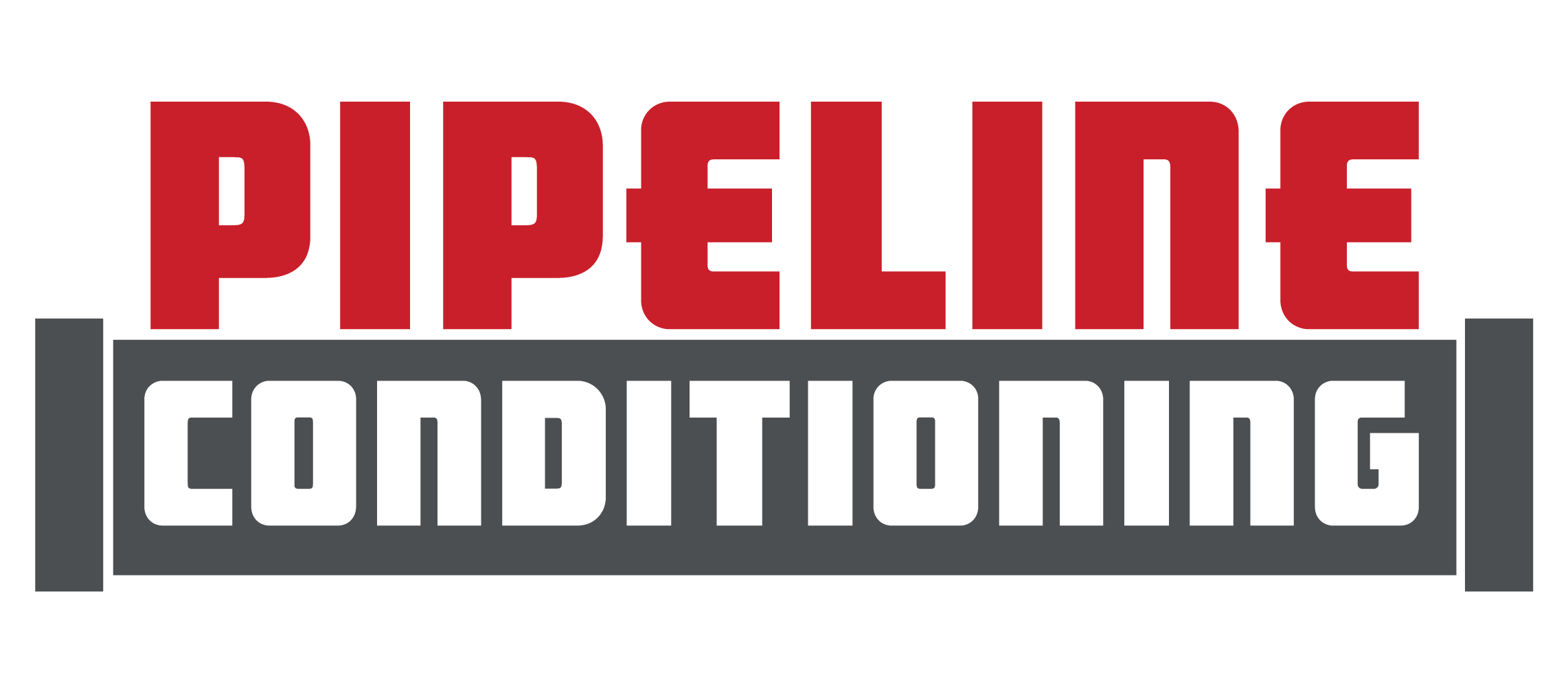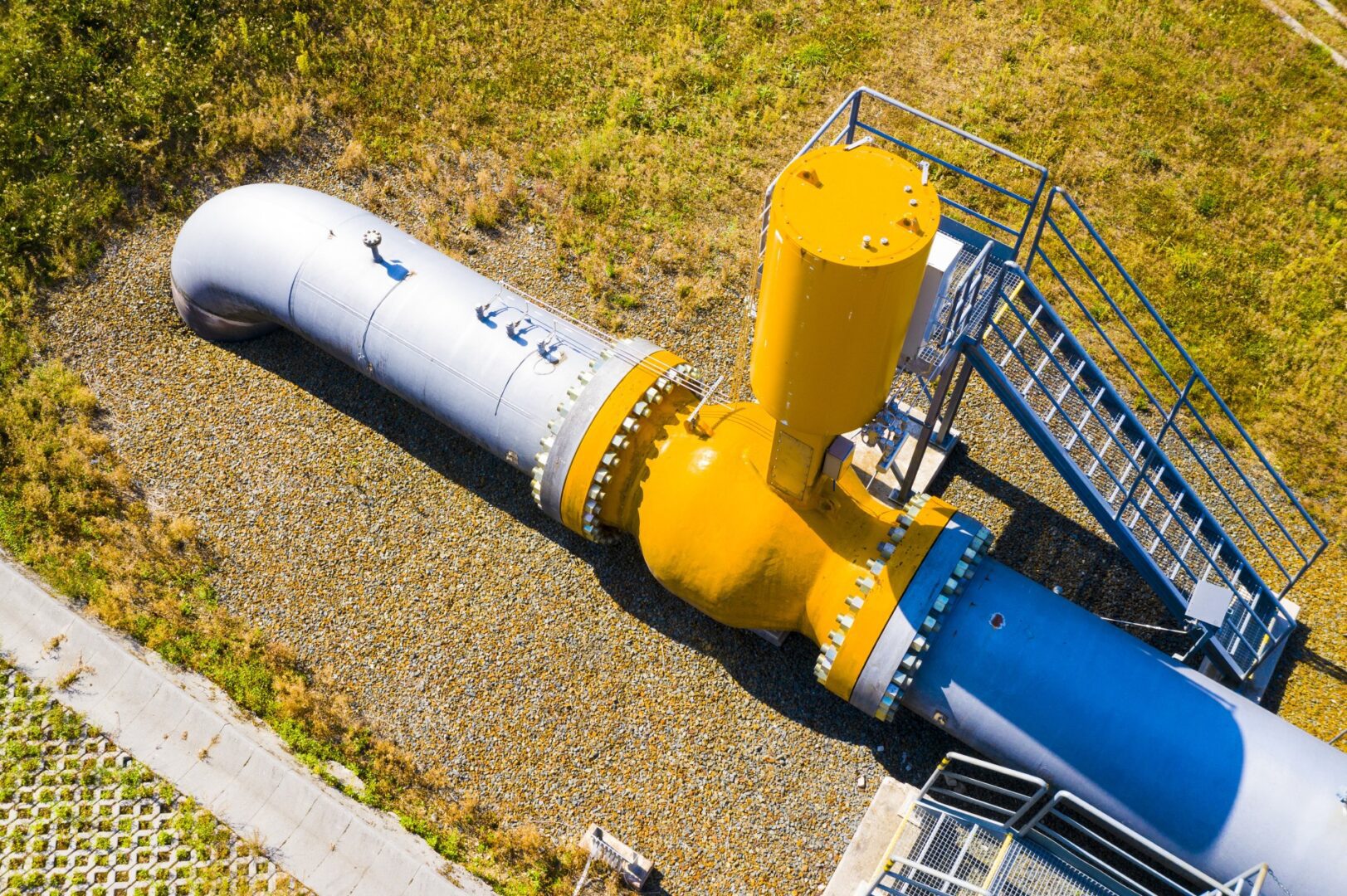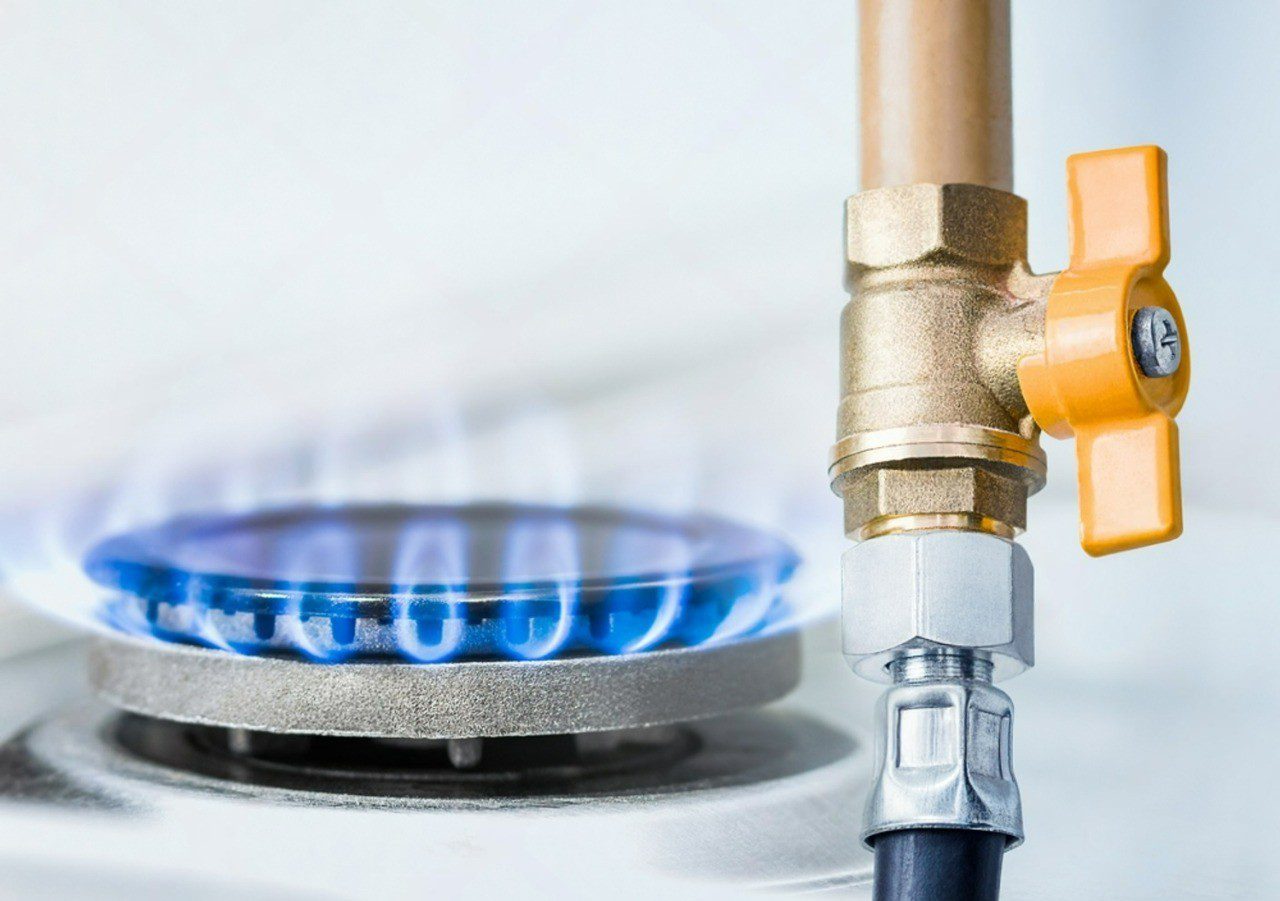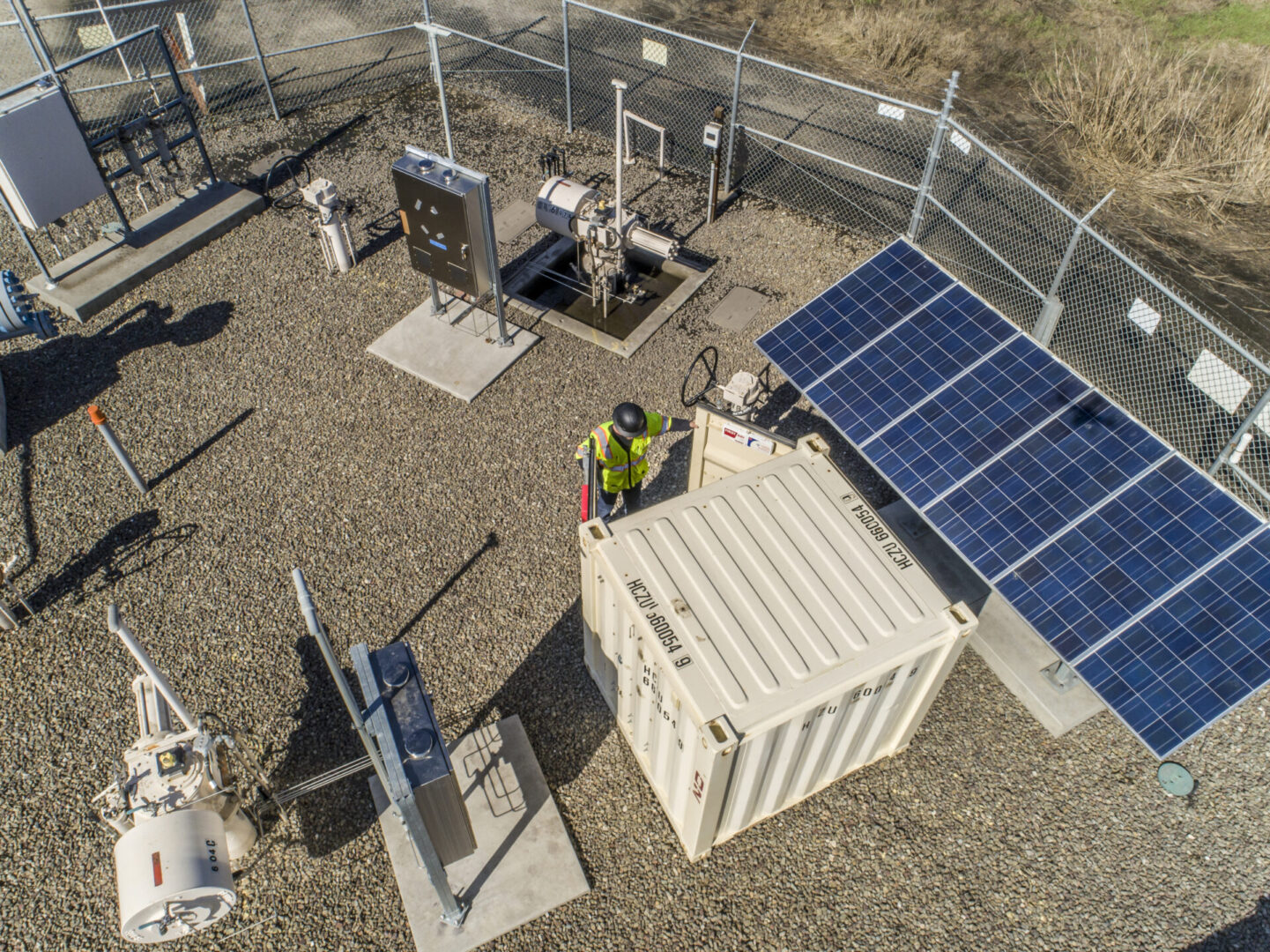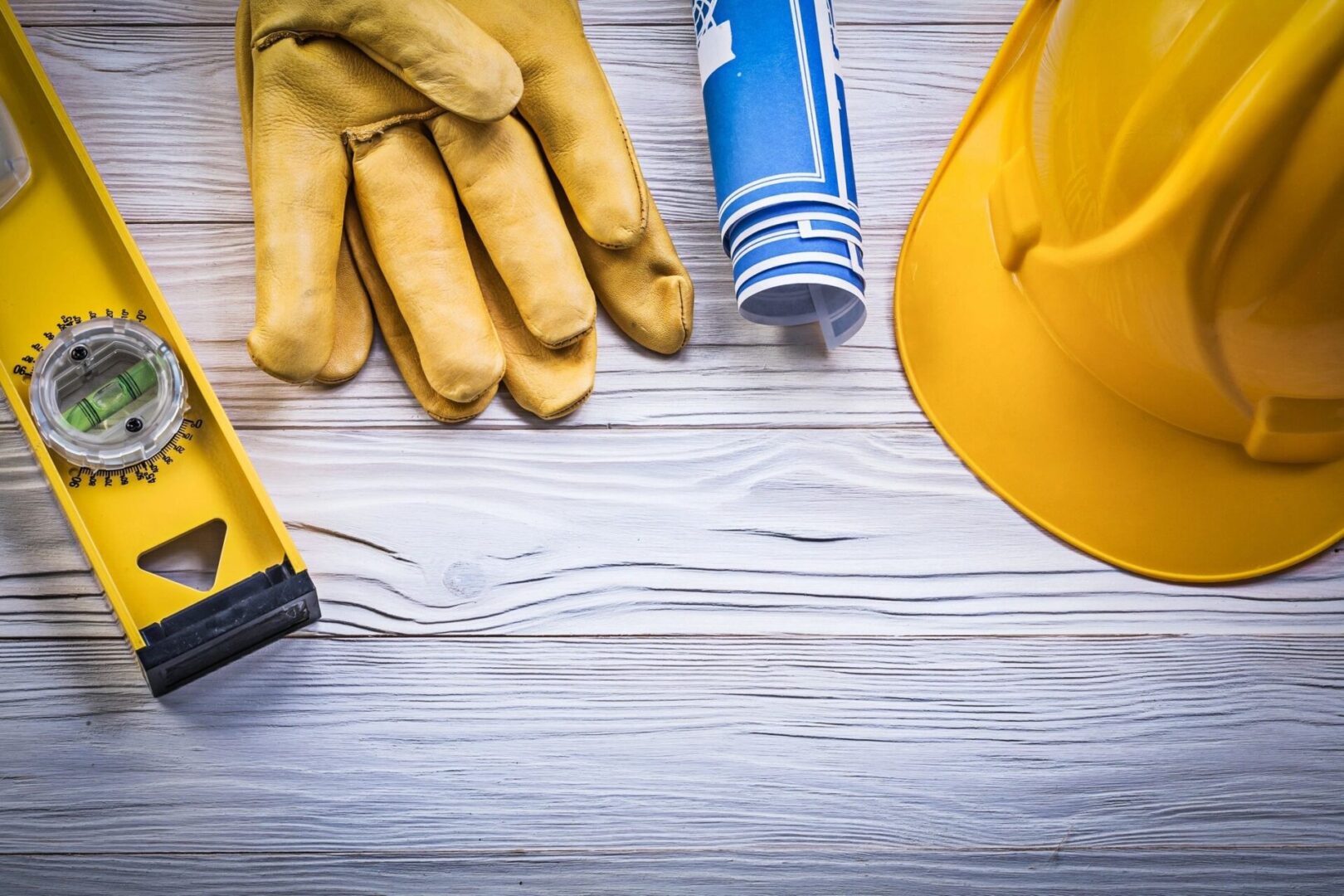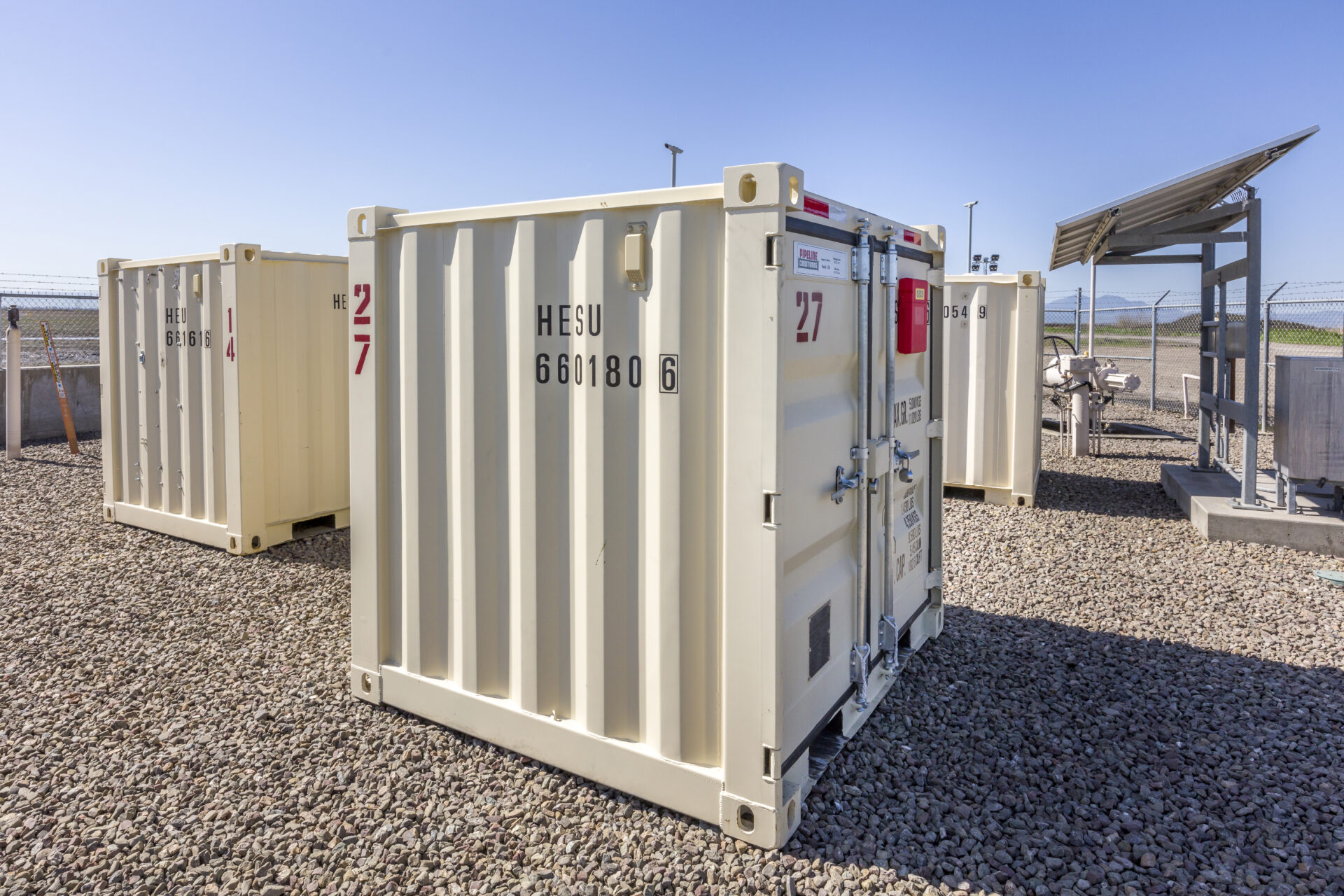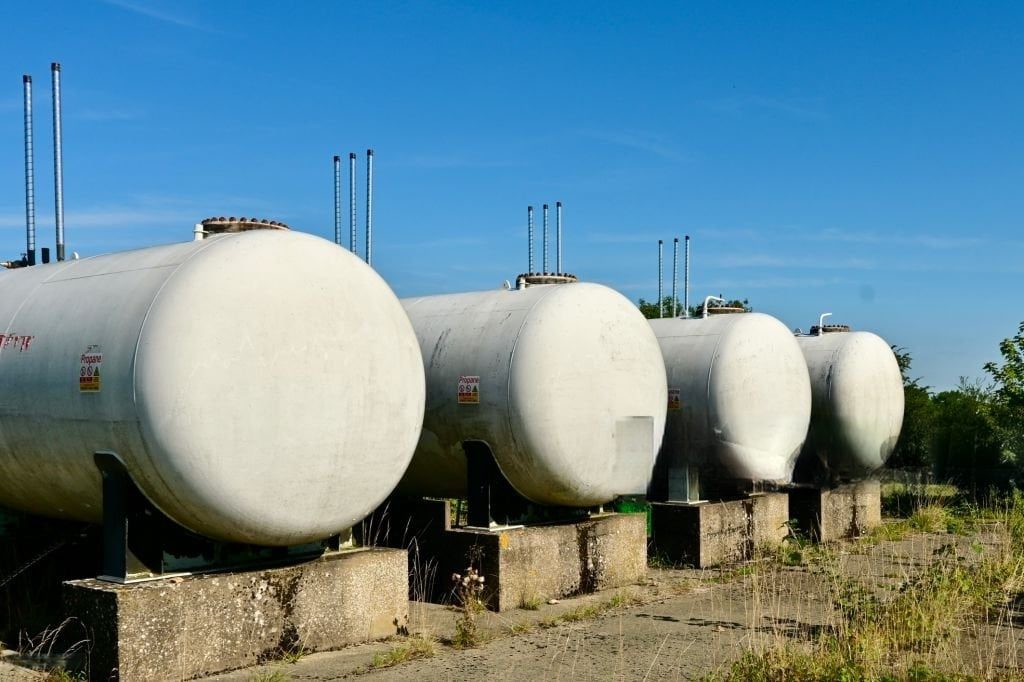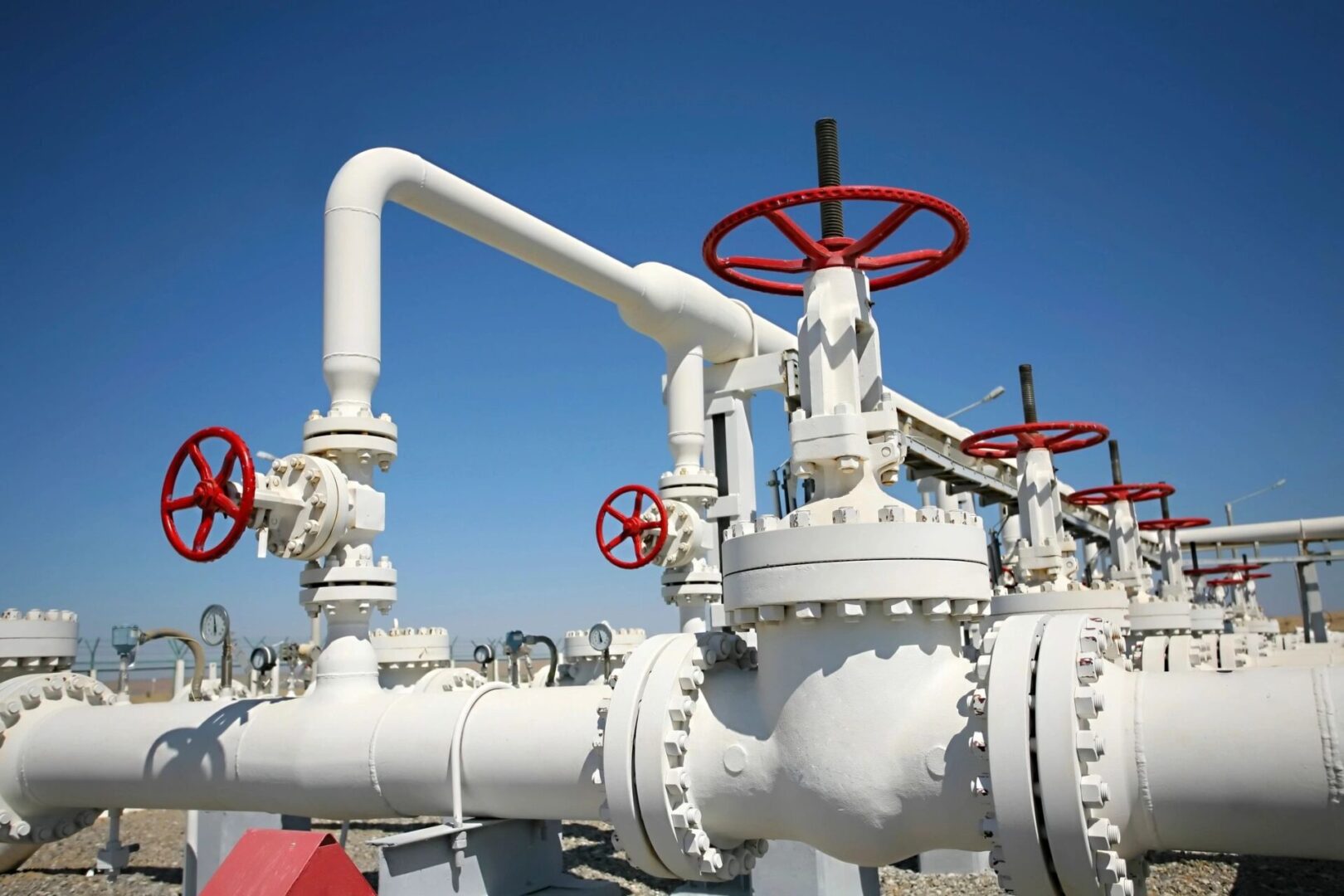
Decommissioning an Odorization Station: Best Practices for a Smooth Transition
Ensuring Safety and Efficiency When Retiring Critical Infrastructure
Odorization stations play a crucial role in the safety of natural gas by adding an odorant that makes it easier for people to detect leaks. Nonetheless, sometimes, an odorization station might be decommissioned because of upgrades, pipeline reroutes, or operational shifts. Shutting down a station is not enough; professional decommissioning entails careful planning, adherence to regulations, and environmental safeguards that stress a smooth transition.
Odorization stations manage volatile chemicals like mercaptan that need special handling during decommissioning, apart from air quality issues, spills or the improper disposal of the odorant can cause contamination of soil and water, regulatory non-compliance resulting in fines and project delays, and operational disruptions that interrupt gas flow or compromise safety across the system. Proper planning ensures a safe, efficient, and compliant transition while protecting both the environment and public safety.
Gather a Comprehensive Picture
Begin with a detailed assessment of the odorization station and its surrounding area. Specify the equipment, pipelines, as well as odorant storage tanks that have to be either eliminated or cleaned. Analyze risks associated, such as environmental threats, and safety problems.
Develop a Decommissioning Plan
Draw up a comprehensive plan that states the course of the decommissioning, including timelines, responsibilities, and compliance requirements. The plan must take care of the removal of any residual odorant and cleaning of the equipment, as well as the safe dismantling and disposal of equipment and materials. Additionally, it should incorporate environmental protection measures to prevent spills and contamination.
Comply with Regulations
Abide by all regulatory standards in your decommissioning method, like proper disposal or recycling of the odorant and odorization equipment, permits required for hazardous waste handling and transportation, and documentation and reporting to regulatory agencies.
Minimize Environmental Impact
Minimize any unintended environmental impacts by implementing measures that will stop spills, leaks, or emissions. Spill containment systems and adequate disposal of residual odorants must be put in place as per environmental guidelines.
Collaborate with Stakeholders
Partnering with local authorities, regulatory agencies, and community stakeholders will help clear any issues and make it easy for you to transition. Communication is key to avoiding misunderstandings and maintaining public trust.
Test and Transition Safely
Check the system for existing gas in the pipelines, and if all the odorant has been safely removed before shutting it down for the test run. Coordinate the switch to the new system if the station is being replaced, to prevent any operational disruptions.
Document The Process
Keep comprehensive records of the decommissioning process, which include the disposed and removed equipment, and the quantities of the neutralized and transported odorant alongside compliance with regulatory requirements.
Let Pipeline Conditioning Handle It All
Partnering with an experienced team, like Pipeline Conditioning, ensures the decommissioning process is handled efficiently, safely, and in full compliance with regulations. Or, you can skip the stress and complexity entirely by calling Pipeline Conditioning. By letting our team of degreed engineers take care of each segment of the decommissioning process, you will be able to relieve yourself completely of any kind of responsibilities and liabilities. We do it all, from the initial stages of planning and complying with set regulations to the final aspect of the removal of the odorant and with our temporary odorizers, we’re able to eliminate any down time, leaving you with a smooth care-free transition.
Decommissioning an odorization station is an incredibly complex process, that requires careful planning, strict regulation adherence, and even personal commitment to protect our environment. However, if the operators follow the best practices and cooperate with the experts like Pipeline Conditioning, they can make a smooth and safe transition and still keep their pipeline systems integrity intact.
Are you set to remove your odorization station? Call Pipeline Conditioning right now to discover how we can support you by providing the industry’s best solution and tailor-made solution. Let’s work together to ensure your transition is as smooth as possible, compliant, and environmentally responsible.
Myths and Truths About Odorization
Odorization is one of the most important safeguards in the natural gas industry, but it is also one of the most misunderstood. We hear the…
From Pipeline to Stove: The Journey of Safe Gas
Every October, Natural Gas Week gives us a chance to step back and appreciate one of the most important energy sources in our daily lives.…
The Real Cost of False Leak Calls
When it comes to odorization, one of the most common mistakes we see is over-odorization. Some contractors think adding a little extra odorant “just to…
The Benefits of Partnering with a Specialized Odorization Service Provider
Expert Solutions for Safety, Compliance, and Operational Efficiency When trying to ensure the safety of natural gas pipelines, odorization is the topmost priority. The addition…
Job Safety Best Practices: Staying Safe in Extreme Heat
As temperatures climb, so does the risk of heat-related illness on pipeline projects. Whether you’re operating a valve trailer in West Texas or overseeing a…
The Importance of Pipeline Pickling for Residential Buildings: Keeping Urban Living Safe
Protecting High-Rise Residents with Proper Pipeline Conditioning and Odorization From the luxury apartments of Manhattan to the sleek towers of Los Angeles and Chicago, high-rise…
Steel vs. PE Pipes: Evaluating Costs and Material Selection for Natural Gas Pipelines
Selecting the appropriate material for natural gas pipelines is a critical decision that impacts both initial investment and long-term operational efficiency. Steel and polyethylene (PE)…
From Frustration to Foundation: How One Engineer’s Mission Became Pipeline Conditioning
From Frustration to Foundation: How One Engineer’s Mission Became Pipeline Conditioning In an industry where too many things are done out of habit, Pipeline Conditioning…
Temporary Odorization and Why Doing It Yourself Might Just Be Costly
The Hidden Costs of DIY Odorization: Why Expert Solutions Save Time, Money, and Risk Quick problem-solving is everything in the natural gas world, especially when…
Decommissioning an Odorization Station: Best Practices for a Smooth Transition
Ensuring Safety and Efficiency When Retiring Critical Infrastructure Odorization stations play a crucial role in the safety of natural gas by adding an odorant that…
